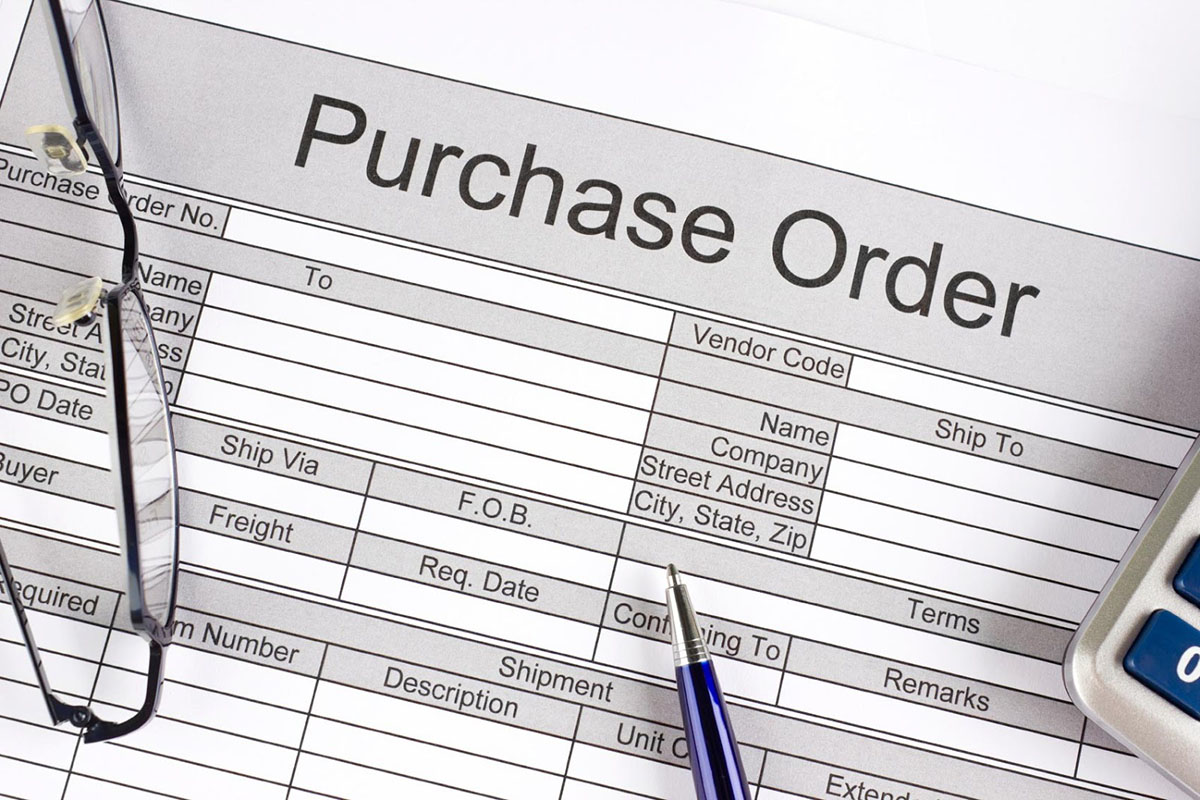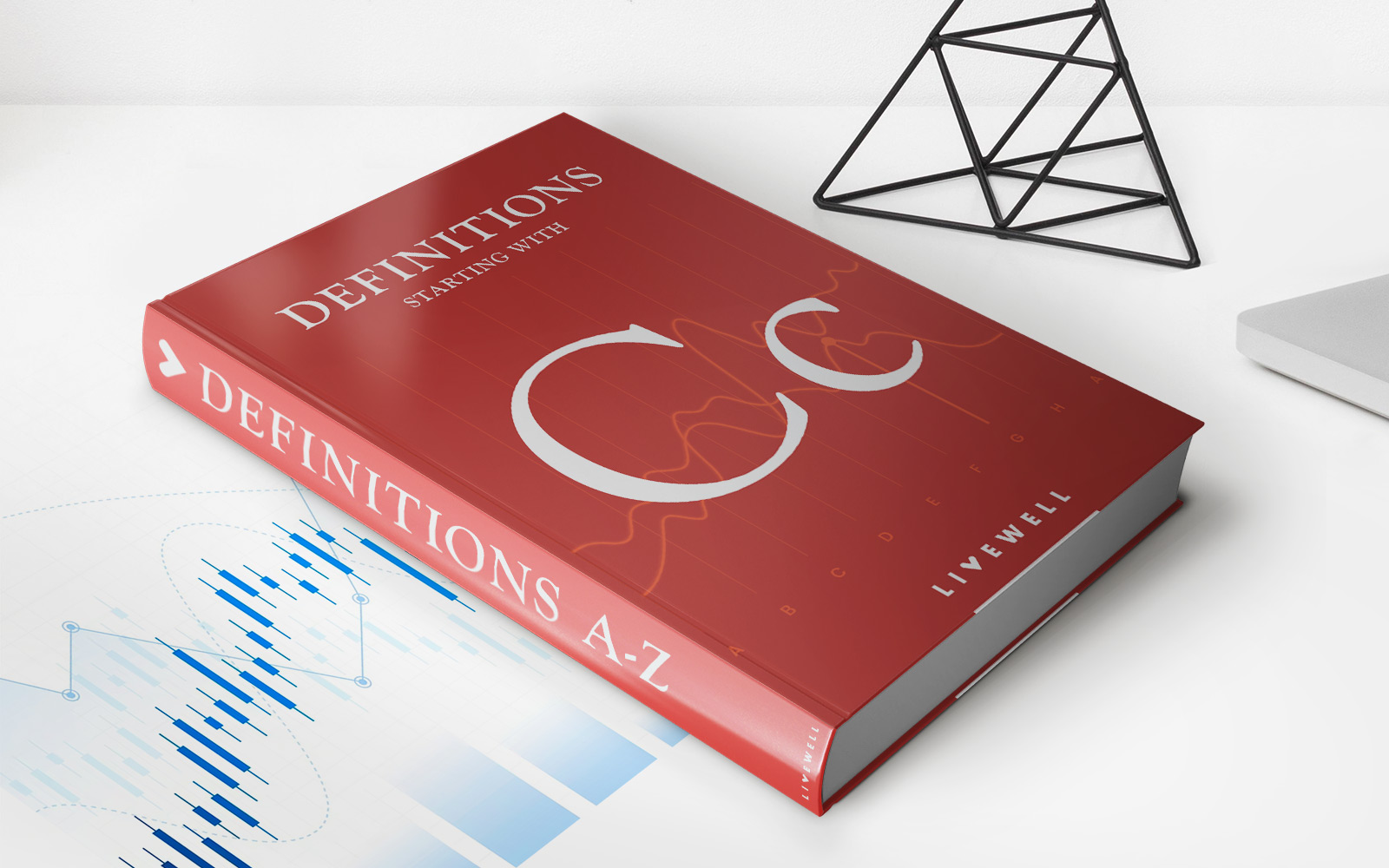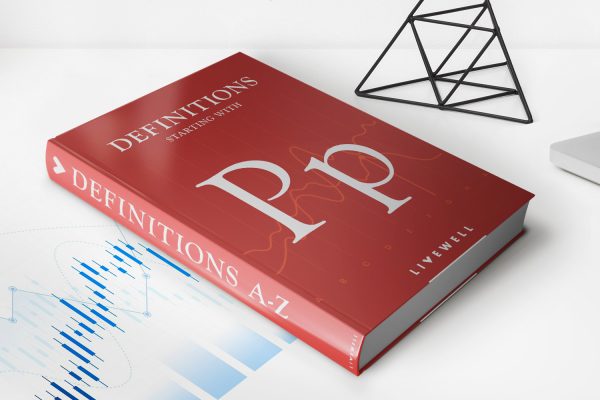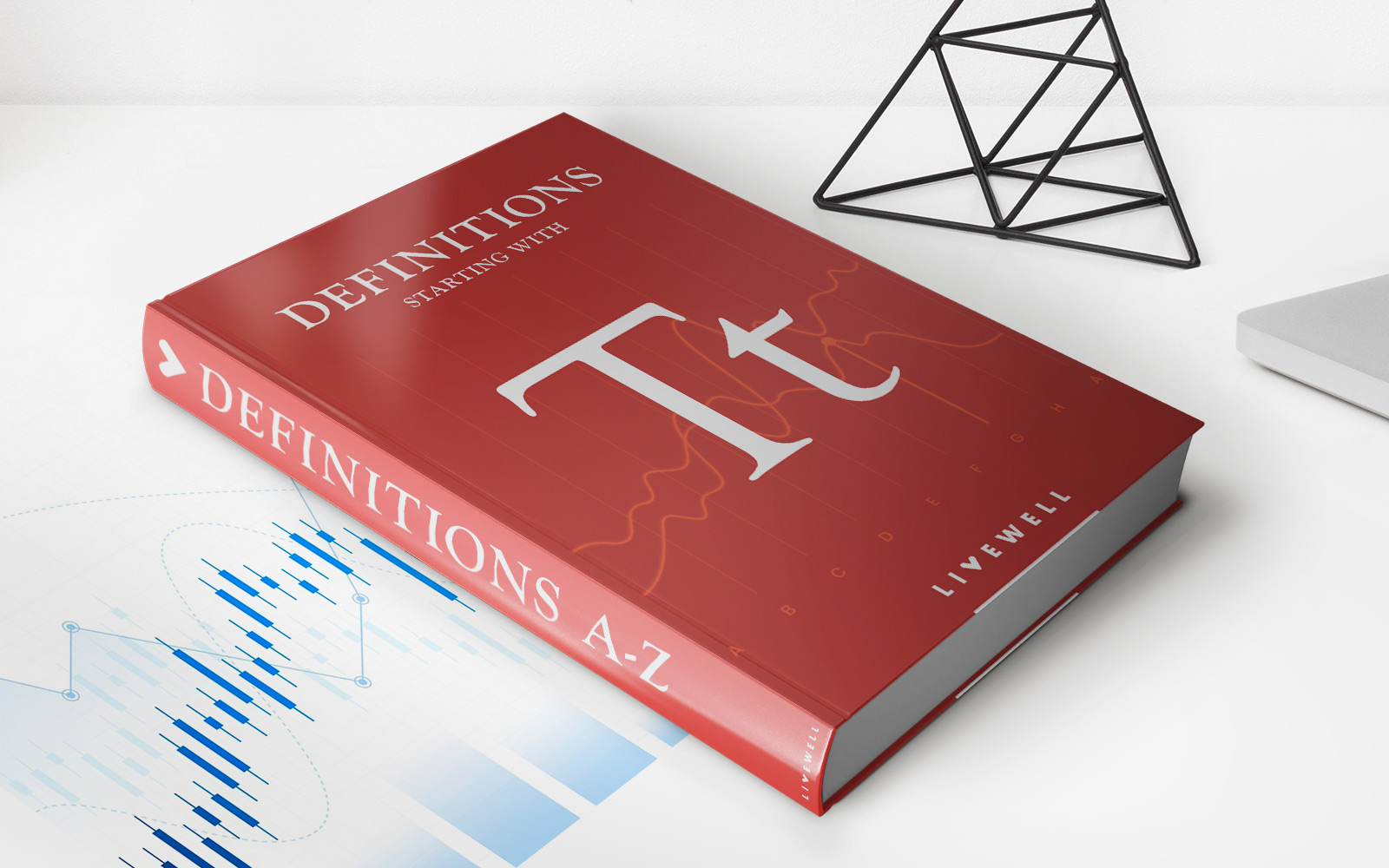Home>Finance>What Is Purchase Order Lead Time? Definition And How It Works
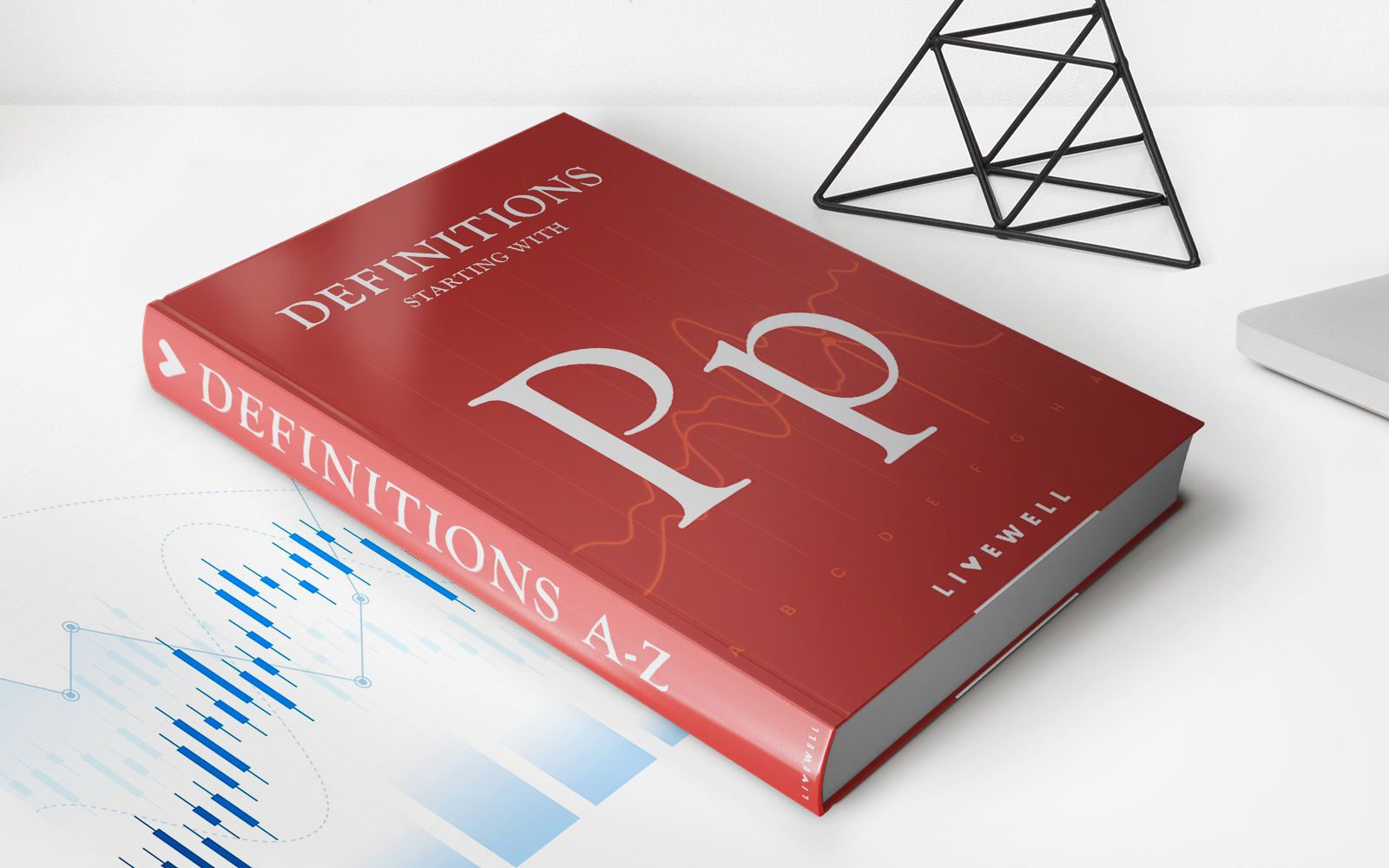

Finance
What Is Purchase Order Lead Time? Definition And How It Works
Published: January 13, 2024
Learn the definition and workings of purchase order lead time in finance. Understand how it impacts your business and optimize your processes for better efficiency.
(Many of the links in this article redirect to a specific reviewed product. Your purchase of these products through affiliate links helps to generate commission for LiveWell, at no extra cost. Learn more)
What is Purchase Order Lead Time?
When it comes to managing finances, it’s important to understand every aspect of the purchasing process. One key component that plays a significant role in financial planning is purchase order lead time. In this blog post, we will define purchase order lead time and explain how it works, giving you the knowledge you need to make informed financial decisions.
Definition of Purchase Order Lead Time
Purchase order lead time refers to the duration it takes for a purchase order to be placed, processed, and delivered to the buyer. It encompasses various stages, including order creation, approval, fulfillment, and delivery. Understanding the lead time associated with your purchase orders is crucial for effective inventory management and cash flow planning.
How Does Purchase Order Lead Time Work?
Now that we know what purchase order lead time is, let’s dive into how it works. Here are the key steps involved:
- Creation of Purchase Order: The first step is creating the purchase order, which specifies the items or services to be procured, quantity, agreed price, and payment terms.
- Approval Process: The next stage involves reviewing and approving the purchase order. This may require multiple levels of authorization, depending on the organization’s hierarchy.
- Fulfillment: After the purchase order is approved, it is sent to the supplier who will process and fulfill the order. This includes picking, packing, and shipping the items.
- Delivery: The final step is the delivery of the purchased goods or services to the buyer’s location. The time taken for transportation and logistics depend on factors such as distance, mode of transportation, and supplier efficiency.
Key Takeaways:
- Purchase order lead time refers to the duration it takes for a purchase order to be processed and delivered to the buyer.
- Understanding the lead time associated with your purchase orders is crucial for effective inventory management and cash flow planning.
By analyzing the purchase order lead time, businesses can anticipate when they need to place orders to maintain optimal inventory levels. It allows them to avoid stockouts and minimize excess inventory, leading to cost savings and better cash flow management.
Moreover, purchase order lead time impacts the buyer’s ability to fulfill customer demands and meet delivery deadlines. By having an accurate understanding of the lead time, businesses can set realistic delivery expectations with their customers, enhancing customer satisfaction and retention.
Now that you have a clear understanding of purchase order lead time and its significance in financial planning, you can make informed decisions when it comes to managing your organization’s finances. By optimizing purchase order lead time, you can streamline your procurement process, improve cash flow, and ultimately drive business success.
